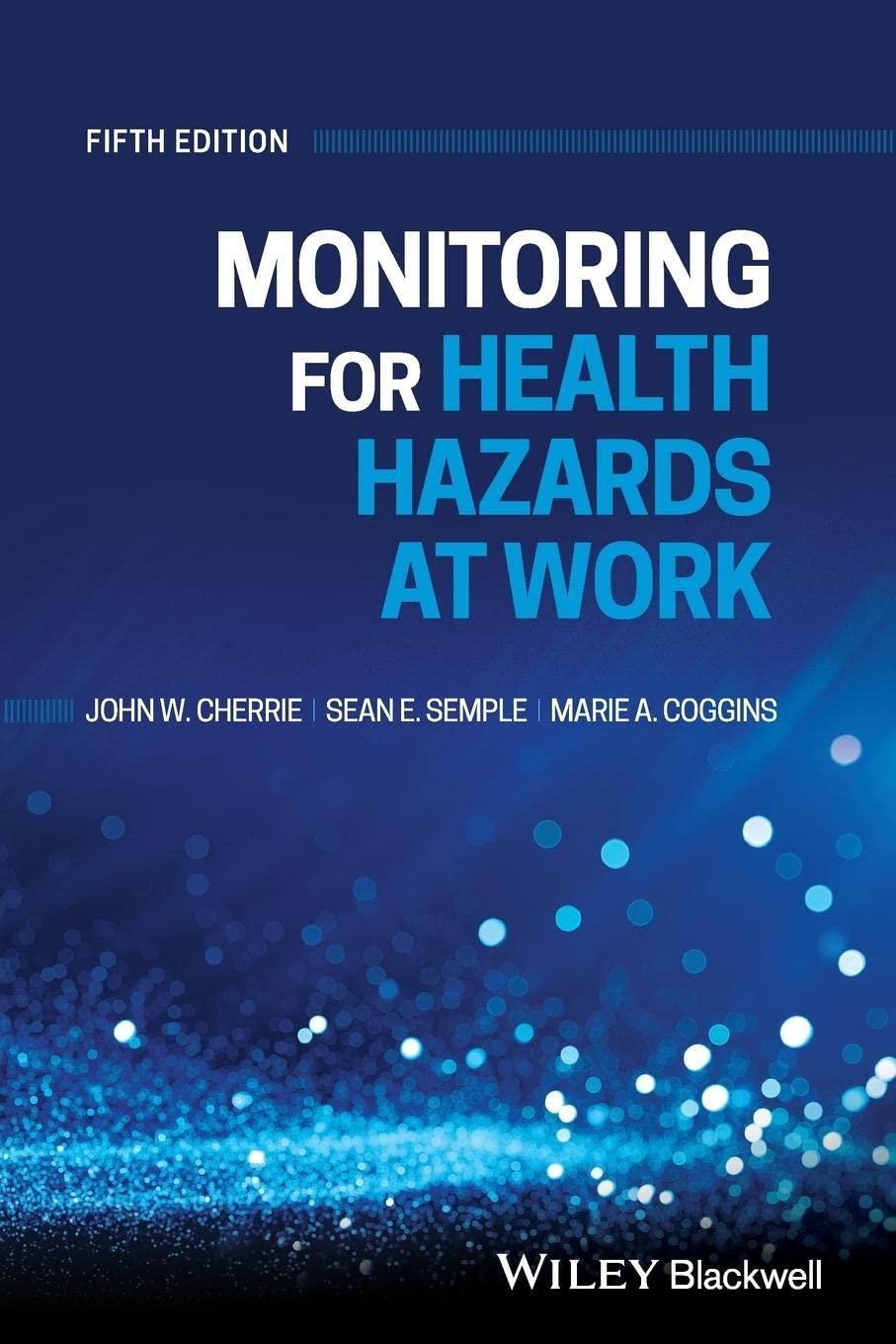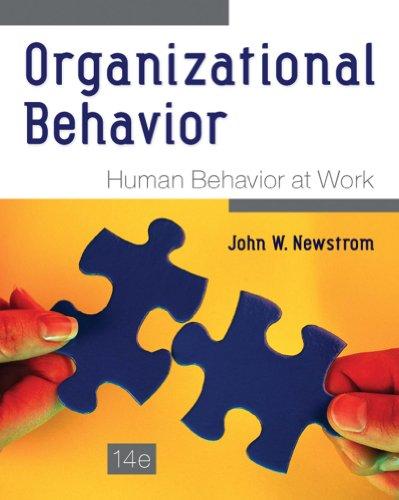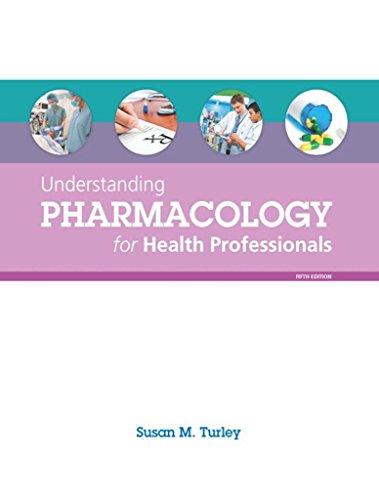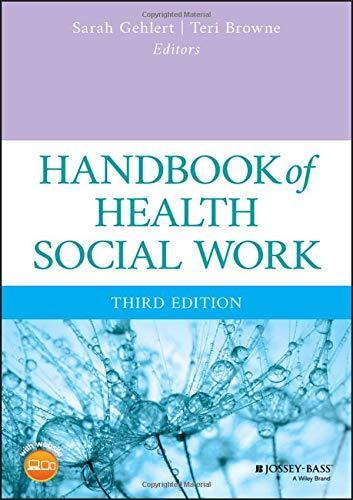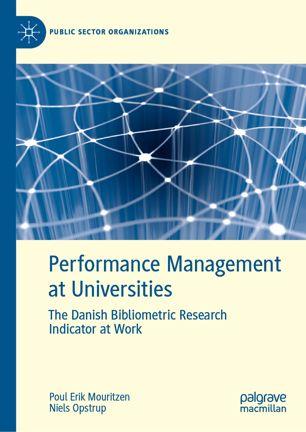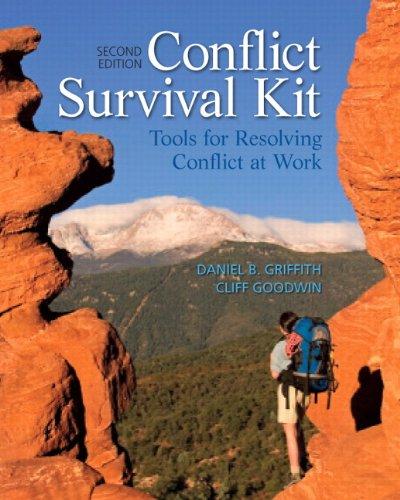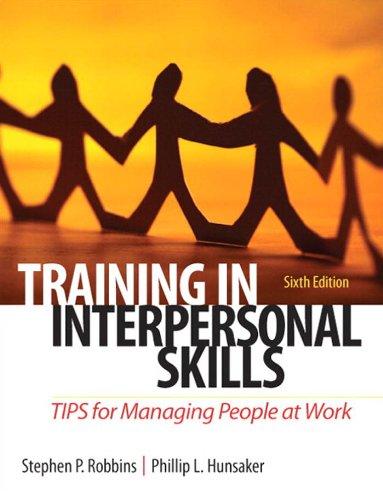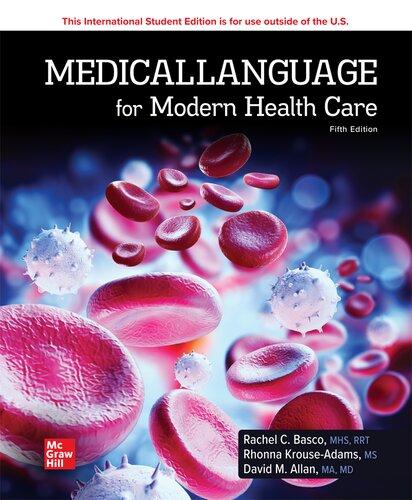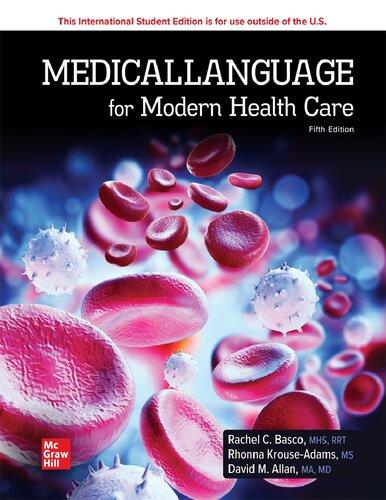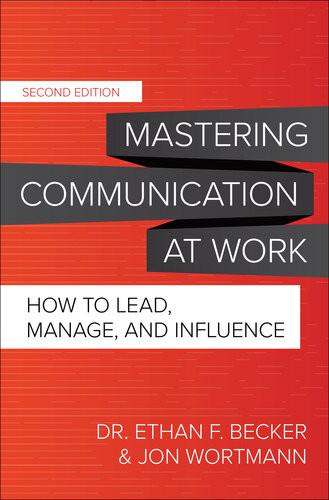Monitoring for Health Hazards at Work
FIFTH EDITION
John W. Cherrie
Institute of Occupational Medicine (IOM) Edinburgh, UK
Sean E. Semple
University of Stirling Stirling, UK
Marie A. Coggins
National University of Ireland Galway Ireland
This edition first published 2021 © 2021 John Wiley & Sons Ltd
Edition History
Wiley‐Blackwell (4e, 2010)
All rights reserved. No part of this publication may be reproduced, stored in a retrieval system, or transmitted, in any form or by any means, electronic, mechanical, photocopying, recording or otherwise, except as permitted by law. Advice on how to obtain permission to reuse material from this title is available at http://www.wiley.com/go/permissions.
The right of John W. Cherrie, Sean E. Semple, and Marie A. Coggins to be identified as the authors of this work has been asserted in accordance with law.
Registered Offices
John Wiley & Sons, Inc., 111 River Street, Hoboken, NJ 07030, USA
John Wiley & Sons Ltd, The Atrium, Southern Gate, Chichester, West Sussex, PO19 8SQ, UK
Editorial Office
9600 Garsington Road, Oxford, OX4 2DQ, UK
For details of our global editorial offices, customer services, and more information about Wiley products visit us at www.wiley.com.
Wiley also publishes its books in a variety of electronic formats and by print‐on‐demand. Some content that appears in standard print versions of this book may not be available in other formats.
Limit of Liability/Disclaimer of Warranty
The contents of this work are intended to further general scientific research, understanding, and discussion only and are not intended and should not be relied upon as recommending or promoting scientific method, diagnosis, or treatment by physicians for any particular patient. In view of ongoing research, equipment modifications, changes in governmental regulations, and the constant flow of information relating to the use of medicines, equipment, and devices, the reader is urged to review and evaluate the information provided in the package insert or instructions for each medicine, equipment, or device for, among other things, any changes in the instructions or indication of usage and for added warnings and precautions. While the publisher and authors have used their best efforts in preparing this work, they make no representations or warranties with respect to the accuracy or completeness of the contents of this work and specifically disclaim all warranties, including without limitation any implied warranties of merchantability or fitness for a particular purpose. No warranty may be created or extended by sales representatives, written sales materials or promotional statements for this work. The fact that an organization, website, or product is referred to in this work as a citation and/or potential source of further information does not mean that the publisher and authors endorse the information or services the organization, website, or product may provide or recommendations it may make. This work is sold with the understanding that the publisher is not engaged in rendering professional services. The advice and strategies contained herein may not be suitable for your situation. You should consult with a specialist where appropriate. Further, readers should be aware that websites listed in this work may have changed or disappeared between when this work was written and when it is read. Neither the publisher nor authors shall be liable for any loss of profit or any other commercial damages, including but not limited to special, incidental, consequential, or other damages.
Library of Congress Cataloging‐in‐Publication Data
Names: Cherrie, J. W. (John W.), author. | Semple, Sean E., author. | Coggins, Marie A., 1974– author.
Title: Monitoring for health hazards at work / John W. Cherrie, Sean E. Semple, Marie A. Coggins.
Description: Fifth edition. | Hoboken, NJ : Wiley-Blackwell, 2021. | Includes bibliographical references and index.
Identifiers: LCCN 2020035232 (print) | LCCN 2020035233 (ebook) | ISBN 9781119614968 (paperback) | ISBN 9781119614944 (adobe pdf) | ISBN 9781119614999 (epub)
Subjects: MESH: Occupational Diseases–prevention & control | Occupational Exposure–prevention & control | Air Pollutants, Occupational–adverse effects | Noise, Occupational–adverse effects | Hazardous Substances–adverse effects | Risk Assessment–methods
Classification: LCC RA1229 (print) | LCC RA1229 (ebook) | NLM WA 440 | DDC 615.9/02–dc23
LC record available at https://lccn.loc.gov/2020035232
LC ebook record available at https://lccn.loc.gov/2020035233
Cover Design: Wiley
Cover Image: © DKosig/Getty Images
Set in 10.5/13pt STIXTwoText by SPi Global, Pondicherry, India
6.2.3 To
6.2.7 To
14.13
14.12.1 Equipment
20.6
20.11
20.11.1 Using
20.11.2 Results
20.12
22.3.4 Globe
24.10
of Ionising
24.12.2 Personal Monitoring for External Dose
24.12.3.1 Advantages of the Film Badge Dosimeter
24.12.3.2 Disadvantages
24.12.4.1 Advantages Thermoluminescent Dosimeter
26.2.2 Ventilation and Control Measures at Source 337
26.2.2.1 Case Study: Enclosure of Beryllium Processing
26.2.3 Personal Protective Equipment 339
26.2.4 Using Effectiveness Data
26.2.4.1 Case Study: Loading Pharmaceuticals into a Process Vessel 341
26.3 Measuring Exposure to Assess the Effectiveness of Controls
26.3.1 Case Study: Use of Push‐Pull
27.3.1 Pressure‐Measuring
27.6.2 Equipment
27.7 To Measure the Face Velocity on a Booth, Hood or Fume Cupboard
27.7.1 Aim
27.7.2 Equipment Required
27.7.3 Method
27.7.4 Results
27.7.5 Possible Problems
of Risks and Identification of Where Control is Required
28.2.2 Implement All Feasible Controls 373
28.2.3 Identify Who Needs Residual Protection
28.2.4 Inform Wearers of the Consequences of Exposure
28.2.5 Select PPE Adequate to Control
in the PPE
28.2.7 Match PPE to Each Individual Wearer
28.2.8 Carry Out Objective Fit‐Tests of RPE
28.2.9 Ensure That PPE Does not Exacerbate or Create Risks
28.2.10 Ensure PPE are Mutually Compatible
28.2.11 Train Wearers in the Correct Use of Their PPE
28.2.12 Super vise Wearers to Ensure Correct Use of PPE
List of Figures
1.1 An idealised exposure–response relationship. 5
3.1 A simple conceptual model of exposure routes: (a) inhalation; (b) dermal; (c) ingestion; (d) injection. 24
4.1 The ratio of near‐ (NF) to far‐field (FF) exposure levels in different conditions. 36
4.2 Exposure over a working shift. 37
5.1 Increase in dichloromethane concentration in a poorly ventilated room. 41
8.1 Results from ten measurements of inhalable dust in a packing plant. 70
8.2 Results from 100 measurements of inhalable dust in a packing plant. 71
8.3 A log‐probability plot showing data from ten measurements of exposure during bag filling. 73
8.4 Output from BWStat using the example data. Source: BWStat v2.1, The Excel tool Implementing the BOHS/NVvA Sampling Strategy. © 2020, BSOH. 77
9.1 Diagram showing an isolator with exit/entry airlock. Source: © Extract Technology, reproduced with permission. 83
9.2 Diagram showing a concrete surface grinder with dedicated dust collection shroud (on left) and in use connected to portable extraction system (on right). Source: © Bosch, reproduced with permission. 84
9.3 Diagram showing examples of partial enclosures, a small booth (left) and large booth (right), both examples of partial enclosures. Source: Controlling airborne contaminants at work: A guide to local exhaust ventilation (LEV), HSG258 (Third edition), Published 2017. Contains public sector information licensed under the Open Government Licence v3.0. 85
9.4 Diagram showing the incorrect placement of a hood while welding, i.e. too far from the source. 86
12.1 The bar graph and frequency format diagram are often used to communicate risk estimates, example above from Ghosh et al. (2008) used to depict a 20%, 5 year estimated Gail model risk of invasive breast cancer in a hypothetical patient X. Source: Ghosh et al. (2008). Licensed under CC By 2.0.
14.1 The ISO/CEN/ACGIH sampling conventions for health‐related aerosol fractions. Source: From Occupational Hygiene, 3rd edition, edited by Kerry Gardiner and J. Malcolm Harrington, Blackwell Publishing Ltd., 2005, p. 187. © 2005, John Wiley & Sons.
14.2 Dust sampling equipment worn by operator, with IOM inhalable sampler in blown‐up inset. Source: © SKC Ltd. Reproduced with permission.
14.3 (a) Multi‐orifice sampler. (b) IOM inhalable sampler. (c) Conical inhalable sampler. Source: (a) and (c) Monitoring for Health Hazards at Work, 3rd edition, by Indira Ashton and Frank S. Gill, Blackwell Publishing Ltd., 2000. pp. 6–7. © 2000, Blackwell Scientific Publications; (b) Reproduced with permission from the UK Health and Safety Executive MDHS14/4.
14.4 Cyclone respirable sampler. Source: Reproduced with permission from the UK Health and Safety Executive MDHS14/4.
14.5 The cowl sampler used for asbestos and other fibrous dusts. Source: Reproduced with permission from the UK Health and Safety Executive HSG248.
108
130
136
137
138
139
14.6 Face‐level sampling headset for measurement of welding fume. Source: Reproduced with permission © SKC Ltd. 140
14.7 Rotameter used for measuring sampling train flow rate. Source: Reproduced with permission of SKC Ltd. 141
14.8 (a) A TSI Sidepak direct‐reading dust monitor (Source: Reproduced with permission © TSI Inc.) (b) SKC HAZ‐DUST IV sampler (Source: Reproduced with permission © SKC Ltd.) (c) Casella CEL‐712Microdust‐Pro sampler (Source: Reproduced with permission © Casella Measurement Ltd.). (d) Output from a direct‐reading device sampler showing variation in respirable dust concentration over a 24‐h period. (Source: Reproduced with permission of SKC Ltd.) 144
14.9 Low cost air quality monitors (a) A Dylos DC1700 air quality monitor (Source: Reproduced with permission © Dylos Inc.) (b) a purple air monitor (Source: Reproduced with permission © Purple Air.). 145
14.10 An electronic flow calibrator. Source: Reproduced with permission © Casella Measurement Ltd. 145
14.11 A handheld particle counting device (the TSI P‐Trak Ultrafine Particle Counter Model 8525). Source: Reproduced with permission © TSI Inc. 152
14.12 The Walton–Beckett eyepiece graticule. Source: Monitoring for Health Hazards at Work, 3rd edition, by Indira Ashton and Frank S. Gill, Blackwell Publishing Ltd., 2000, p. 28. © 2000, Blackwell Scientific. 155
14.13 Layout of Tyndall beam apparatus (A&G Marketing). Source: Monitoring for Health Hazards at Work, 3rd edition, by Indira Ashton and Frank S. Gill, Blackwell Publishing Ltd., 2000, p. 33. © 2000, Blackwell Scientific. 159
15.1 Gastec passive dosi‐tubes. Source: ©SKC Ltd. Reproduced with permission. 165
15.2 Dräger Pac® personal single‐gas detection device. Source: © Dräger Safety UK Ltd. Reproduced with permission. 166
15.3 SKC Tedlar® sample bag. Source: ©SKC Ltd. Reproduced with permission. 166
15.4 Teflon impinger. Source: ©SKC Ltd. Reproduced with permission. 169
15.5 Adsorbent tubes (charcoal (a) and silica gel (b)). Source: ©SKC Ltd. Reproduced with permission. 170
15.6 Badge type passive sampler, VOC Chek 575 Series. Source: ©SKC Ltd. Reproduced with permission. 172
15.7 The Dräger tube pump Accuro used with Dräger colorimetric detector tubes. Source: © Draeger Safety UK Ltd. Reproduced with permission. 173
15.8 Gasmet GT5000 TERRA a portable, multi‐gas Fourier Transform Infrared (FTIR) analyser. Source: Gasmet. Reproduced with permission. 175
15.9 A MultiRAE photo‐ionisation monitor. Source: © RAE Systems UK. Reproduced with permission. 176
16.1 A 6‐stage Anderson cascade impactor. Source: © Thermo Fischer Scientific, reproduced with permission. 190
16.2 The NIOSH 2‐stage bioaerosol sampler: (a) schematic diagram (Source: From NIOSH. US department of health and human service. Public domain) and (b) photograph of the sampler. Source: Used with permission of Dr William Lindsley. 192
17.1 Typical arrangement of patches used in patch‐sampling methods. Source: Occupational Hygiene, 3rd edition, edited by Kerry Gardiner and J. Malcolm Harrington, Blackwell Publishing Ltd., 2005, p. 395. © 2005, John Wiley & Sons. 204
18.1 HEMAPEN® a sampling procedure for collection of dried blood spots. Source: Trajan Scientific and Medical. 219
18.2 Example of a biological monitoring sample consent form. Source: © Health and Safety Authority (Ireland). Reproduced with Permission of Health & Safety Authority. 223
20.1 Change in acoustic pressure with time for a pure tone. Source: Occupational Hygiene, 3rd edition, edited by Gardiner K. (2005). Noise. In: Occupational Hygiene, 3rd edition (Gardiner K, Harrington JM, eds). Oxford, UK: Blackwell Publishing. Figure 17.1. © 2005, John Wiley & Sons. 234
20.2 Change in acoustic pressure with distance for a pure tone. Source: Occupational Hygiene, 3rd edition, edited by Gardiner K. (2005). Noise. In: Occupational Hygiene, 3rd edition (Gardiner K, Harrington JM, eds). Oxford, UK: Blackwell Publishing, Figure 17.2. © 2005, John Wiley & Sons. 235
20.3 The weighting curves used in noise measurement. Source: Occupational Hygiene, 3rd edition, edited by Gardiner K. (2005). Noise. In: Occupational Hygiene, 3rd edition (Gardiner K, Harrington JM, eds). Oxford, UK: Blackwell Publishing, Figure 17.8. © 2005, John Wiley & Sons. 236
20.4 Simple sound level metre (a) CR:310 Entry level Sound Meters (b) Octave band monitoring with a sound level metre (Cirrus CR:171C Optimus). Source:© Cirrus Research plc, Reproduced with permission. 241
20.5 (a) SLMs with built‐in camera feature (Bruel and Kjaer Type 2270) or (b) SLMs with companion applications which run from a smart phone (Bruel and Kjaer Type 2245).
Source: © Brüel & Kjær. Reproduced with permission. 242
20.6 (a) A forestry worker wearing a Brüel & Kjær Dosemeter Type 4448 also shown in (b). Source: © Brüel & Kjær. (c) Cirrus CR:120A doseBadge5 noise. Source: © Cirrus Research plc, Reproduced with permission. 244
20.7 Calibrating a sound level metre (a) calibrating a Cirrus Optimus. Source: © Cirrus Research plc, Reproduced with permission. (b) Calibrating a Brüel and Kjaer SLM Type 2245. Source: © Brüel & Kjærs. Reproduced with permission. 246
20.8 A selection of hearing protection devices from 3M (3M roll down earplugs, muffs and corded ear plugs). Source: 3M. Reproduced with permission. 251
21.1 x, y and z coordinates. Source: Occupational Hygiene, 3rd edition, edited by Kerry Gardiner and J. Malcolm Harrington, Blackwell Publishing Ltd., 2005, p. 252 © 2005, John Wiley & Sons. 258
21.2 The relationship between displacement, velocity and acceleration for a simple mass and spring system. 260
21.3 (a) Cirrus Revo vibration meter (CV‐31A). Source: © Cirrus Research plc, Reproduced with permission. (b) Collecting HAV measurements using the B&K Type 4447 accelerometer attached to handle of drill. Source: © Brüel & Kjær. Reproduced with permission.
263
22.1 A globe thermometer with thermocouple sensor. Source: © Testo Ltd, Reproduced with permission. 271
22.2 Integrating heat stress monitor. Source: © TSI Inc. Reproduced with permission. 277
22.3 Thermistor and retaining plug for measuring the body’s temperature via the ear canal. Source: Provided by Dr Richard Graveling. Reproduced with permission. 278
22.4 An intragastric temperature sensor (a) a schematic of the device. Source: From HQ, Inc., (b) a photograph of a sensor. Source: Provided by Dr Richard Graveling. 279
22.5 PMV and PPD: shaded area shows the range of acceptable conditions. 285
22.6 Instrument to measure thermal comfort. Source: © Testo Ltd, Reproduced with permission. 286
23.1 A useful checklist for considering lighting. Source: Lightining Checklist. © 2020, Canadian Centre for Occupational Health & Safety. 292
23.2 A light meter with detachable probe. Source: © Testo. Reproduced with permission. 294
24.1 The electromagnetic spectrum. Source: Occupational Hygiene, 3rd edition, edited by Kerry Gardiner and J. Malcolm Harrington, Blackwell Publishing Ltd., 2005, p. 308. © 2005, John Wiley & Sons. 303
24.2 Decay of an unstable nuclide to a stable one. Source: Monitoring for Health Hazards at Work, 3rd edition, by Indira Ashton and Frank S. Gill, Blackwell Publishers Ltd., 2000. pp. 165. © 2000, John Wiley & Sons. 305
24.3 Decay of carbon‐14. Source: Monitoring for Health Hazards at Work, 3rd edition, by Indira Ashton and Frank S. Gill, Blackwell Publishers Ltd., 2000. pp. 165. © 2000, John Wiley & Sons. 305
24.4 An example of decay in stages: lead to bismuth to polonium to lead. Source: Monitoring for Health Hazards at Work, 3rd edition, by Indira Ashton and Frank S. Gill, Blackwell Publishers Ltd., 2000. pp. 165. © 2000, John Wiley & Sons. 305
24.5 A Geiger–Muller counter. Source: © Thermo Fisher Scientific. Reproduced with permission. 315
24.6 A scintillation detector. Source: © Berthold Technologies (UK) Ltd. Reproduced with permission. 315
24.7 Two thermoluminescent detectors (TLDs). Source: © Mirion Technologies, Inc. Reproduced with permission. 316
24.8 Two film badges. Source: © Loxford Equipment Company Ltd.
Reproduced with permission. 316
25.1 A broad‐spectrum UV monitor along with the weighting. Source: © Gigahertz‐optic, used with permission. 324
25.2 ICNIRP EMF reference values for occupational exposure >6 min duration. 328
25.3 A leak monitor for microwave ovens. Source: ETS‐Lindgren. Reproduced with permission. 329
26.1 Box plots of efficacy values for the subcategories of RMMs. Source: Redrawn from Fransman et al. (2008). 338
27.1 Portable inclined manometer. Source: © Poddymeter Ltd. Reproduced with permission. 348
27.2 Digital micromanometer. Source: © RS Components. Reproduced with permission. 349
27.3 Electronic vane anemometer. Source: © TSI Inc.
Reproduced with permission. 350
27.4 Heated sensor anemometer. Source: © TSI Inc. Reproduced with permission. 351
27.5 Pitot‐static tube attached to a digital manometer. Source: © Graywolf Sensing Solutions. Reproduced with permission. 352
27.6 Principle of operation of pitot‐static tube. Source: Occupational Hygiene, 3rd edition, edited by Kerry Gardiner and J. Malcolm Harrington, Blackwell Publishing Ltd., 2005, p. 443. © 2005, John Wiley & Sons.
353
27.7 A smoke tube kit. Source: © SKC Inc. Reproduced with permission. 354
27.8 Measuring positions for placing pitot‐static tubes in circular ducting. 361
27.9 Log‐Tchebycheff rule for traverse points in a rectangular duct. Note: With some pitot‐static tubes, the stem has rings of spring steel that can be adjusted to mark the appropriate position. 361
27.10 Face of booth showing measurement positions. Source: Monitoring for Health Hazards at Work, 3rd edition, by Indira Ashton and Frank S. Gill, Blackwell Publishing Ltd., 2000. p. 106. © 2000, John Wiley & Sons.
28.1 A selection of respiratory protection: (a) Dräger disposable X‐plore 1710 FFP1; (b) Dräger X‐plore 4740 half‐mask respirator; (c) powered hood by Dräger X‐plore grinding visor (d) Dräger full‐face respirator the X‐plore 9000. Source: © Dräger Safety UK Ltd. Reproduced with permission.
28.2 (a) TSI PortaCount quantitative fit‐testing kit. Source: © TSI Inc. Reproduced with permission. (b) 3M qualitative respiratory fit‐testing kit. Source: © 3M. Reproduced with permission.
362
375
379
28.3 Face fit‐testing kit – PortaCount. Source: © TSI Inc. Reproduced with permission. 380
Preface
This is the fifth edition of what we hope continues to be a practical textbook for those studying or carrying out the important task of protecting workers from hazards. The previous edition was published in 2010, and that built upon work by Indira Ashton and Frank Gill going back to the first edition published in 1982. In that near 40 year span the book has developed considerably and has expanded to include hazards such as nanoparticles and exposure routes including skin contact and inadvertent ingestion of chemicals that were not considered in the first work. Since the fourth edition published in 2010, new chemical regulations (REACH) have become increasingly widely adopted in Europe. Hazard assessment procedures under REACH often require the generation of robust exposure data, thus stimulating the need to measure or model exposure to chemicals.
The key to the book’s longevity has been that it provides users with clear explanations of how to approach problems in the workplace: how to identify hazards and how to quantify the risks through measurement. It does this with practical examples and checklists and leads the reader through the steps required; often highlighting potential issues to avoid problems before they arise. The book covers all types of hazards that arise in the workplace and spans chemical hazards, biological agents and physical hazards. Where appropriate it also considers workplace comfort issues around the thermal environment and lighting. The main emphasis has always been on hazardous substances, which represents the main areas of work for most occupational hygiene practitioners.
This revised fifth edition is now split into five sections with several additional new chapters. The first section sets out many basic industrial or occupational hygiene concepts and introduces risk assessment, why we measure and how modelling can often play a useful role in the process. There are new chapters detailing how to write a good survey report and much revised text around the importance of risk communication: a topic of increasing importance for those involved in explaining the meaning of the measurements they have collected. Section 2 provides the reader with detailed, step‐by‐step information on how to measure exposure to chemical hazards
including dusts, particles, fibres, gases, vapours and bioaerosols. In addition to a chapter looking at how to evaluate dermal and inadvertent ingestion exposures there is a new chapter on human biomonitoring and how it can help understand workplace exposure to hazardous materials. The third section focuses on physical hazards including noise, vibration, the thermal environment and both ionising and non‐ionising radiation. Part four is substantially new and looks at how to evaluate control measures in the workplace with sections on PPE and ventilation measures. The final section considers how the measurement of hazards is likely to develop in the future.
The initial editions of this book were very much targeted at occupational hygienists and those involved in health and safety in the UK. We have attempted to ‘internationalise’ this fifth edition as much as possible, and try to reflect global developments with a more generic consideration of legislative frameworks, measurement standards and modelling methods. At the end of each chapter, we provide references from international scientific journals and further reading from the European Union Occupational Safety and Health Wiki, the International Labour Organisation and other relevant authorities.
All three of the book editors have been involved teaching students in occupational hygiene as part of their careers. We recognize that students see the value of this practical textbook to help cement their theoretical knowledge gained in the classroom and lecture hall. The check‐lists and advice on equipment required to perform specific measurement tasks are valued by both students and those with many years of experience. We hope our revisions and updates will allow this edition to continue to provide a valuable resource to occupational hygienists and those involved protecting workers health for the next generation.
John W. Cherrie
Sean E. Semple
Marie A. Coggins
December 2020
Units and Abbreviations*
The more common units used in workplace environmental measurement
*In this book SI units are used throughout; however, conversions from Imperial to SI are given in the list of common units. Also, we use the form mg m−3 when presenting units rather than mg/m3, although both are acceptable in practice.
Unit
Length L m ft ft × 0.3048 = m mm in in × 25.4 = mm
Area L2 m2 ft2 ft2 × 9.29 × 10−2 = m2 mm2 in2 in2 × 645.2 = mm2
Volume L3 m3 (1000 litre)
3 ft3 × 2.832 × 10−2 = m3 1 (litre) gallon gallon × 4.546 = litre
Mass M kg lb lb × 0.4536 = kg g (gram) oz oz × 28.35 = g mg grain gr × 64.79 = mg
Airborne concentration of substance
(Mass) M L3 mg m−3 grain ftgr ft−3 × 2288 = mg m−3
(Volume) parts per million (ppm)
(Particle) mp cm−3 mp ft−3 (millions of particles per cm3 (ft3))
Acceleration L T 2 m s−2
ft sec−2 ft s−2 × 0.305 = m s−2 gravity = 9.81 m s−2
Density M L3 kg m−3 (g l−1)
Flow rate (Mass) M T kg s−1
lb ft−3 lb ft−3 × 16.02 = kg m−3
lb hr−1 lb hr−1 × 1.26 × 10−4 = kg s−1
(Volume) L T 3 m3 s−1 ft−3 min−1 ft3 min−1 × 4.719 × 10−4 = m3 s−1 gall hr−1 gall hr−1 × 1.263 × 10−6 = m3 s−1
Force ML T 2 N (Newton) (N = kg m s−2) lbf lbf × 4.448 = N
Unit
Temperature – K (Kelvin) °C °F (°F‐32) × 0.5555 = °C (degree Celsius) °C + 273.15 = K
Energy/Heat quantity ML T 2 2 J (Joule) Ws = Nm
Heat flow/Power
Latent heat
Btu × 1055 = J kW hour × 3.6 × 106 = J kW hour kilocalorie × 4187 = J
T 2 3 W HP Btu hr−1 HP × 745.7 = W Btu hr−1 × 0.291 = W
L T 2 2 kJ kg−1
Specific heat L T 2 temp kJ kg−1 °C
Pressure M
TL
(Pascal) = Nm−2
Btu lb−1
Btu lb−1 °F
ft−2 lbf in−2
Btu lb−1 × 2.326 = kJ kg−1
Btu lb−1 °F × 4.187 = kJ kg−1 °C
lb ft−2 × 47.88 = Pa lb in−2 × 6895 = Pa bar (×105 = Pa) in water (4 °C) in H2O × 249.1 = Pa in mercury (0 °C)in Hg × 3386 = Pa
Torque
ML T 2
Velocity L T ms−1
Viscosity
(Dynamic)
ft × 1.356 = Nm
ft min−1
ft m−1 × 5.08 × 10−3 = m s−1 ft s−1
lb.s ft−1
Poise(dynescm−2)
ft s−1 × 0.305 = m s−1
lb.sft−1 × 47.88 = Pa s
Poise × 0.1 = Pa s (Kinematic) L T 2 m2 s−1 ft2 s−1 ft2 s−1 × 9.29 × 10−2 = m2 s−1
Unit DimensionSI Imperial Conversion
Stokes (cm2 s−1) in2 s−1 in2 s−1 × 6.452 × 10−4 = m2 s−1 Stokes × 10−4 = m2 s−1
Luminous intensity candela (Cd) candle (int) candle × 0.981 = Cd
Luminous lumen (1m) flux (lm = 1Cd sr)
Illuminance lux
foot candle ft candle × 0.1076 = lx (lx = 1m m−2) lumen ft−2 lm ft−2 × 0.1076 = lx
Luminance Cd m−2
foot lambert candela in−2 ft lambert × 3.426 = Cd m−2 Cd in−2 × 1550 = Cd m2
Radiation activity dis s−1 Bq Ci 1Ci = 3.7 × 1010Bq = 3.7 × 104 MBq = 0.037 TBq 1 mCi = 37 × 106 Bq = 37 MB q = 3.7 × 10−5 TBq 1 μCi = 37,000 Bq = 0.037 MB q =3.7 × 10−8 TBq 1 Bq = 2.7 × 10−5 μCi = 2.7 × 10−8 m Ci = 2.7 × 1011 Ci 1 MBq = 27 μCi = 0.027 mCi = 2.7 × 10−5 Ci 1 TBq = 2.7 × 10711Ci = 2.7 × 104 mCi = 27 Ci
Radiation absorbed dose J kg Gy rad
1 Gy = 1 J kg−1 = 100 rad kg 1 mGy = 100 mrad
Dose equivalent rad × Q × N Sv rem
1 μGy = 0.01 mrad
1 Sv = 100 rem
1 mSv = 100 mrem
1 μSv = 0.1 mrem
